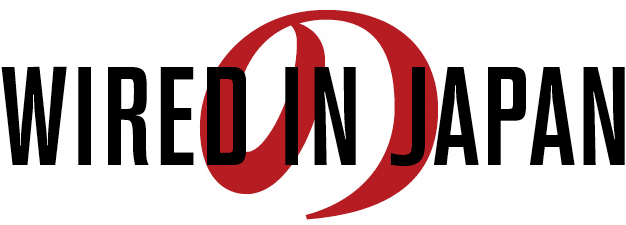5.14.2012
Erin's Challenge! Japanese Video Lessons
A few years ago, Japan Society produced a televised video series called Erin's Challenge! I Can Speak Japanese. In the show, you follow an exchange student as she moves to a new school, learning Japanese as she goes.
I first found out about Erin's Challenge on YouTube (aka Erin ga Chosen! Nihongo Dekimasu or エリンが挑戦!にほんごできます in Japanese). It was an interesting show and it helped me pick up some useful conversational vocabulary. Now they've taken it one step further and developed an interactive website to go along with it.
The website allows you to watch all of the episodes for free, providing subtitles, transcripts, audio samples, a manga version, review questions, and everything else you might get from a textbook or language course.
As you watch the video, it displays text-based subtitles, giving you a whole number of options; the native Japanese with kanji, hiragana, or romaji, as well as the translation in English, Spanish, Portuguese, Chinese, and Korean. You can turn on and off each of the options, giving you a lot of flexibility. You can even set it to automatically pause after each sentence, letting you study every word in detail.
Overall, it's a great Japanese learning resource with a ton of features and a lot of content, making it a fun and intuitive way to learn Japanese.
Check it out, here.
Posted by
ryanthewired
at
Monday, May 14, 2012

Erin's Challenge! Japanese Video Lessons
2012-05-14T12:49:00-05:00
ryanthewired
hear japanese|learn japanese|
Comments
Tags:
hear japanese,
learn japanese
5.10.2012
Easy News for Learning Japanese
The Japanese news agency, NHK, has a section dedicated to providing news articles written in an easy to understand Japanese with a number of useful features that makes learning to read Japanese even easier.
The articles on NHK News Web Easy are only a few paragraphs long, written in basic Japanese, making for a quick read. All kanji in the articles are accompanied by furigana, allowing you to read the entire article, even if you don't know the meaning of that particular character. Additionally, an audio track allows you to hear the text read aloud, connecting word and pronunciation as you go. They also provided the original televised segment, so you can get a better idea of what people in Japan are getting when they watch TV.
They don't provided an English translation (not everyone speaks English), but the pop-up dictionary, Rikaichan, will show you the meaning of each individual character (along with its spelling in hiragana) and makes a great tool to use in conjunction.
With two articles posted everyday, there's always plenty of content to practice with. If you spent half an hour reading this everyday, you'd be able to read Japanese in no time.
Technical note: If you're having difficulty viewing the furigana in Firefox, try the add-on Furigana Injector.
Posted by
ryanthewired
at
Thursday, May 10, 2012

Easy News for Learning Japanese
2012-05-10T13:15:00-05:00
ryanthewired
learn japanese|read japanese|
Comments
Tags:
learn japanese,
read japanese
Subscribe to:
Posts (Atom)


